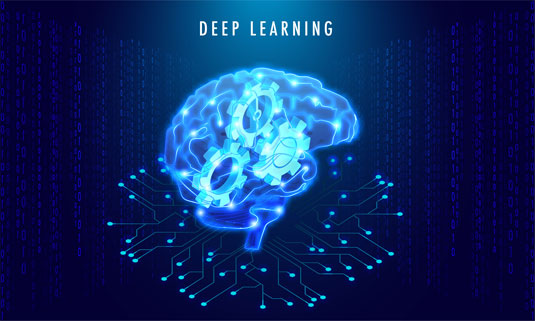What is Deep Learning?
 Naveen
Naveen- 0

Deep learning is a subset of Machine learning, which in turn is a subset of artificial intelligence, artificial intelligence is a fashion that enables a machine to mimic mortal gets machine learning is a fashion to achieve AI through algorithms trained with data and eventually. deep learning is a type of machine learning inspired by the structure of the mortal brain in terms of deep learning this structure is called an artificial neural network.
let’s understand deep learning more and how it’s different from machine learning, say we produce a machine that could separate between tomatoes and cherries. if done using machine learning we would have to tell the Machine the features grounded on which the two can be discerned these features could be the size and therefore the sort of stem on them with deep learning, on the other hand the features are picked out by the neural network without the mortal intervention of the course that kind of independence comes at the cost of having a much advanced the volume of knowledge to coach our machine.
when utmost people converse with a client support agents the discussion seems so real they do not indeed realize that it’s a bot on the opposite side in medical care neural networks descry cancer cells and dissect MRI images to give detailed results tone- driving buses what feels like wisdom fabrication is now a reality Apple Tesla and Nissan are only many of the companies working on tone- driving buses so deep learning has a vast compass but it too faces some limitations the first as we bandied earlier is data while deep learning is the most effective thanks to affecting unshaped data a neural network requires a huge volume of knowledge to The train let’s assume we always have access to the necessary quantum of data processing this isn’t within the capability of every machine and that brings us to our alternate limitation computational power training and neural the network requires graphical processing units which have thousands in fact as compared to CPUs and GPUs are in fact more precious and eventually we come down to training time deep neural networks take hours or indeed months to train the time increases with the quantum of data and number of layers within the network future is indeed full of surprises and that is deep learning.
Take hours or indeed months to train the time increases with the quantum of data and number of layers within the network future is indeed full of surprises and that is deep learning.
